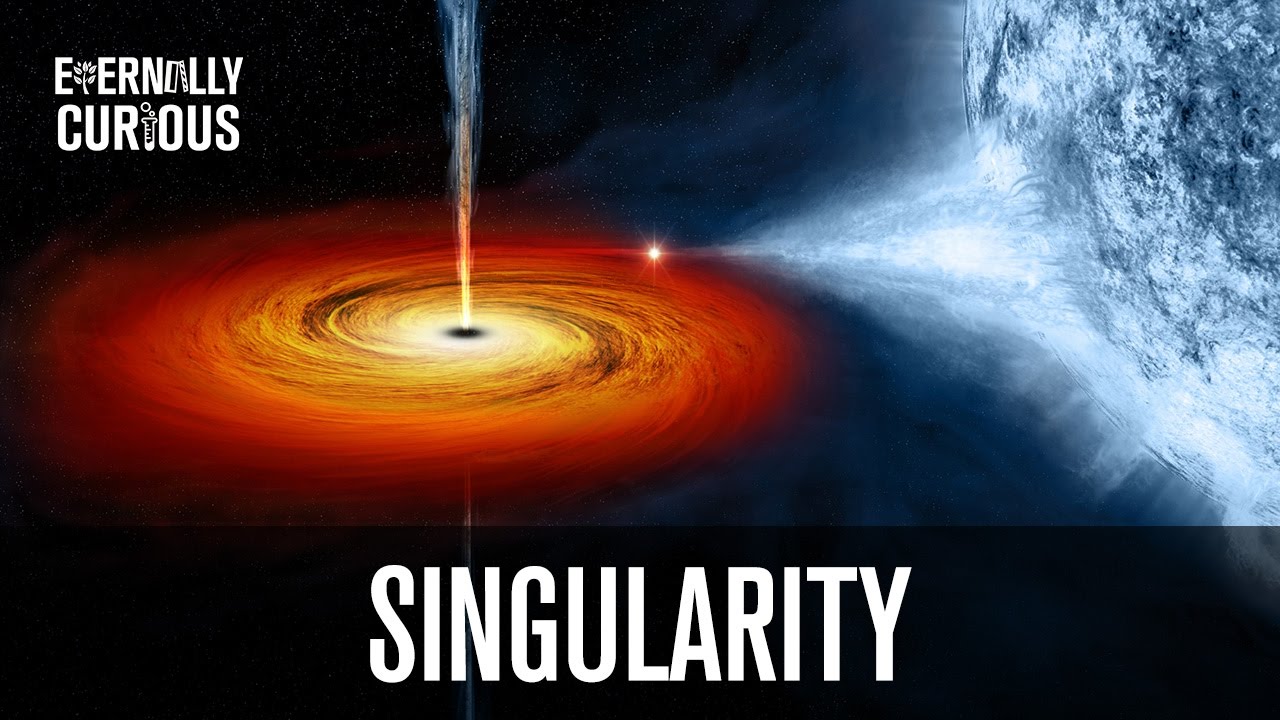A singularity is a point in spacetime where the laws of physics break down. It is a region of infinite density and curvature, often associated with black holes.
Types of Singularities
- Gravitational Singularity: This is the most common type of singularity, found at the center of black holes. It is a point of infinite density and curvature, where the laws of general relativity break down.
- Cosmological Singularity: This type of singularity is believed to have existed at the beginning of the universe, before the Big Bang. It is a point of infinite density and temperature.
- Naked Singularity: This is a hypothetical type of singularity that is not surrounded by an event horizon. Naked singularities would violate the cosmic censorship hypothesis, which states that singularities should always be hidden behind event horizons.
Properties of Singularities
- Infinite Density: Singularities have infinite density, meaning that an infinite amount of mass is concentrated in an infinitely small volume.
- Infinite Curvature: The curvature of spacetime becomes infinite at a singularity, meaning that the laws of physics break down.
- Event Horizon: Black hole singularities are surrounded by event horizons, which are boundaries beyond which nothing can escape.
The Enigma of Singularities
Singularities are a source of great mystery and debate among physicists. Some believe that they represent a breakdown of our current understanding of physics, while others argue that they may be replaced by a more complete theory of quantum gravity.
The Future of Singularity Research
The study of singularities is an active area of research. Scientists are working to develop new theories of quantum gravity that may provide a better understanding of these enigmatic objects. It is possible that future breakthroughs in physics will help us to unravel the mysteries of singularities and the nature of spacetime itself.
